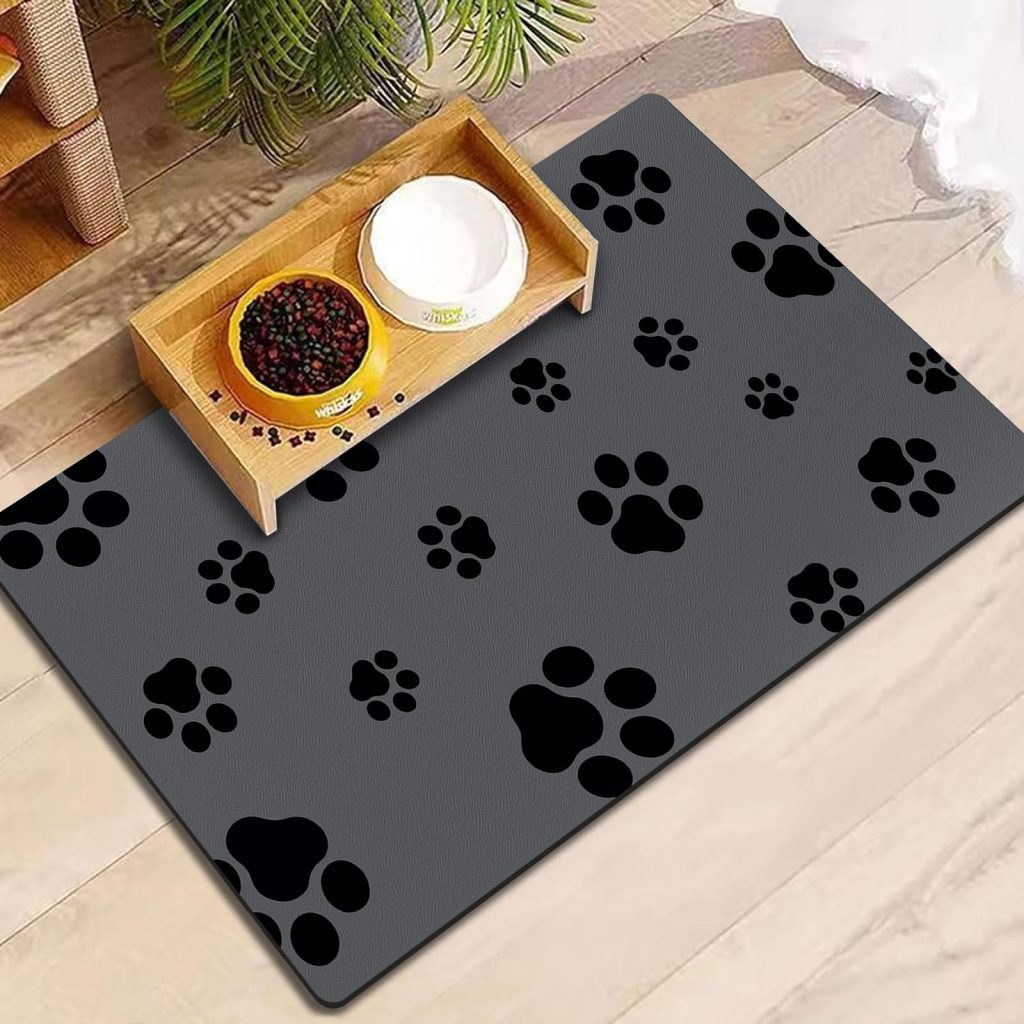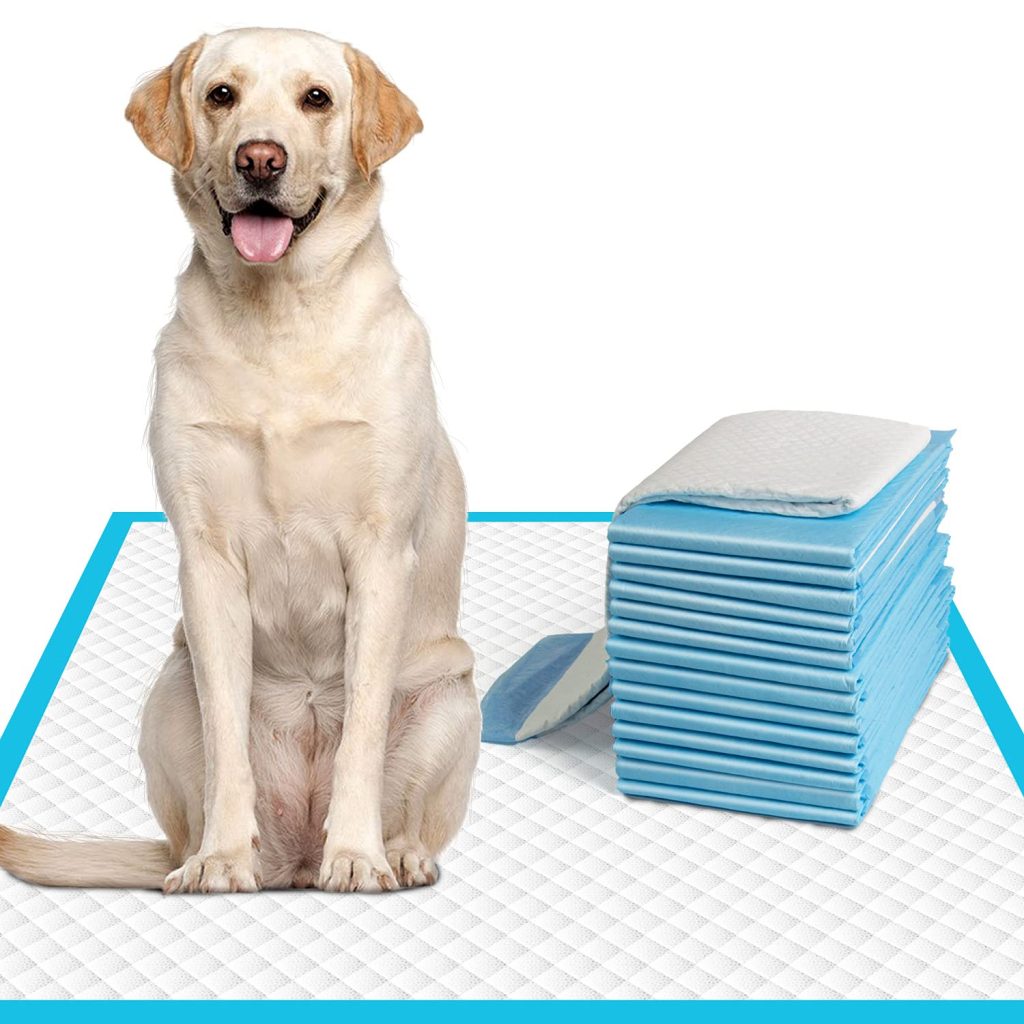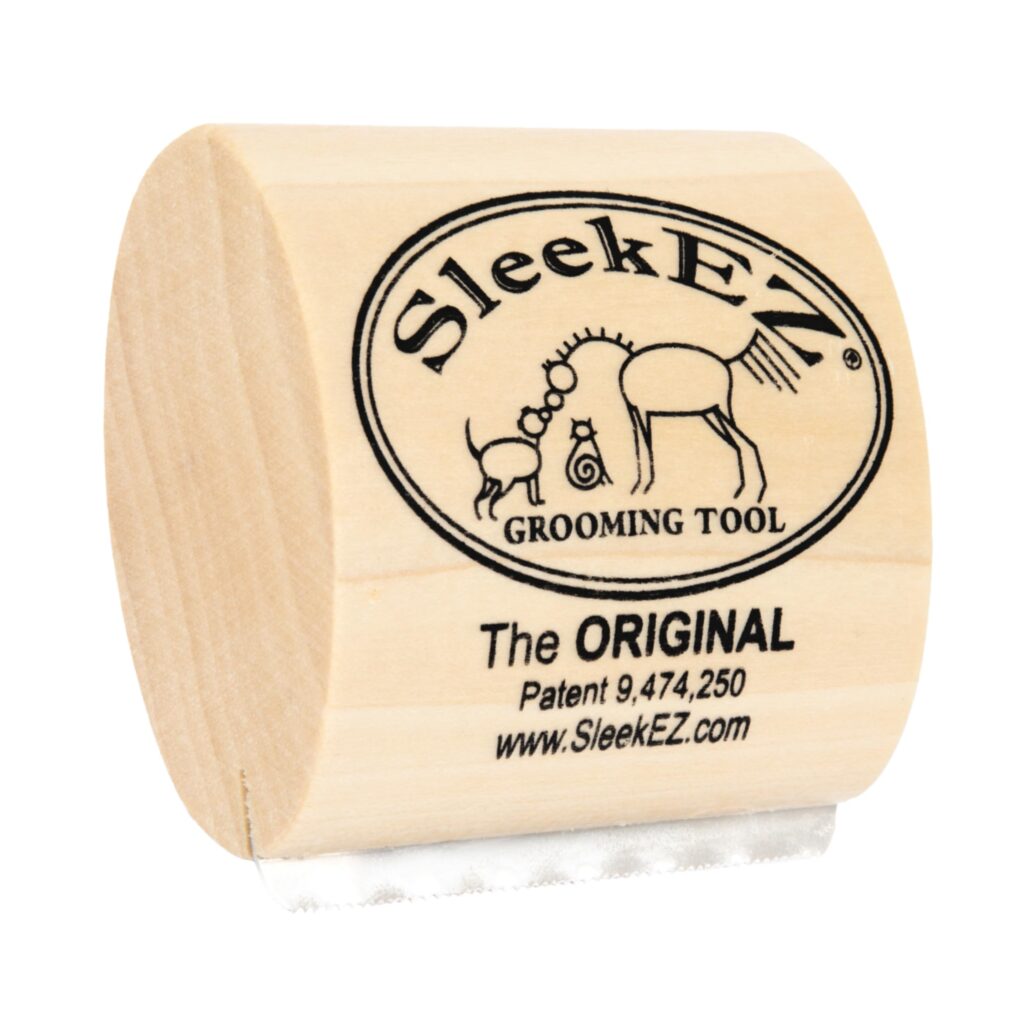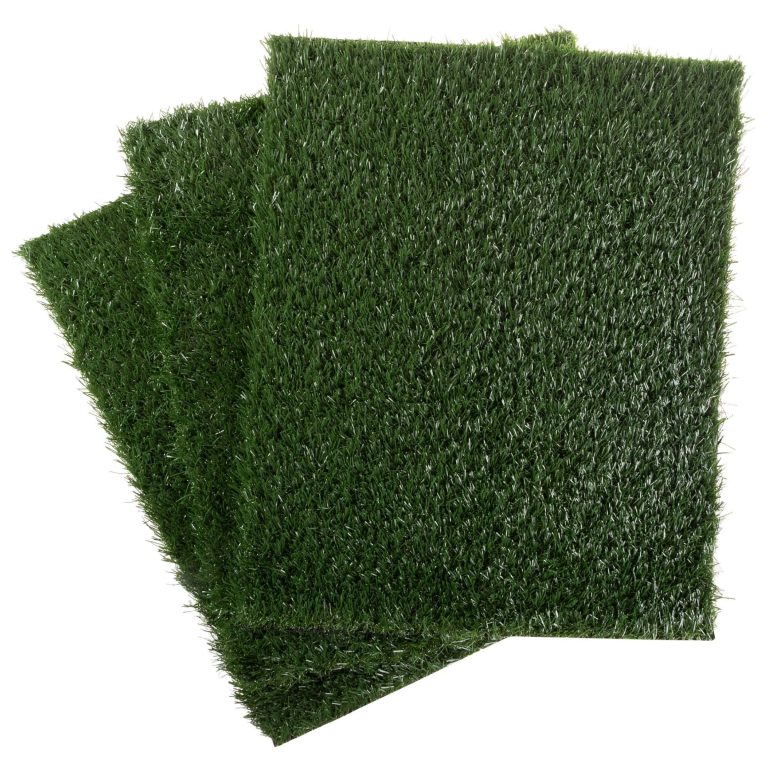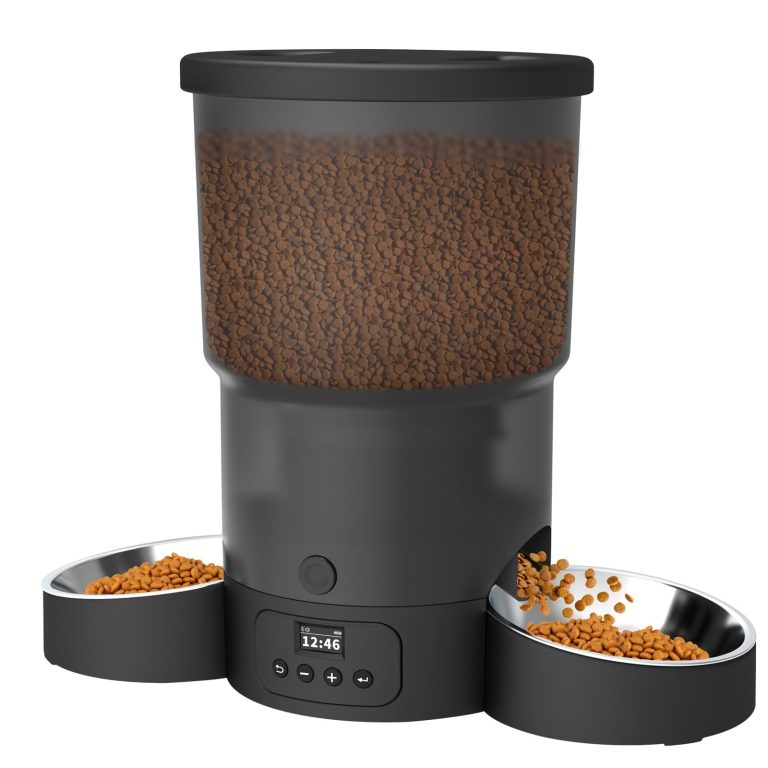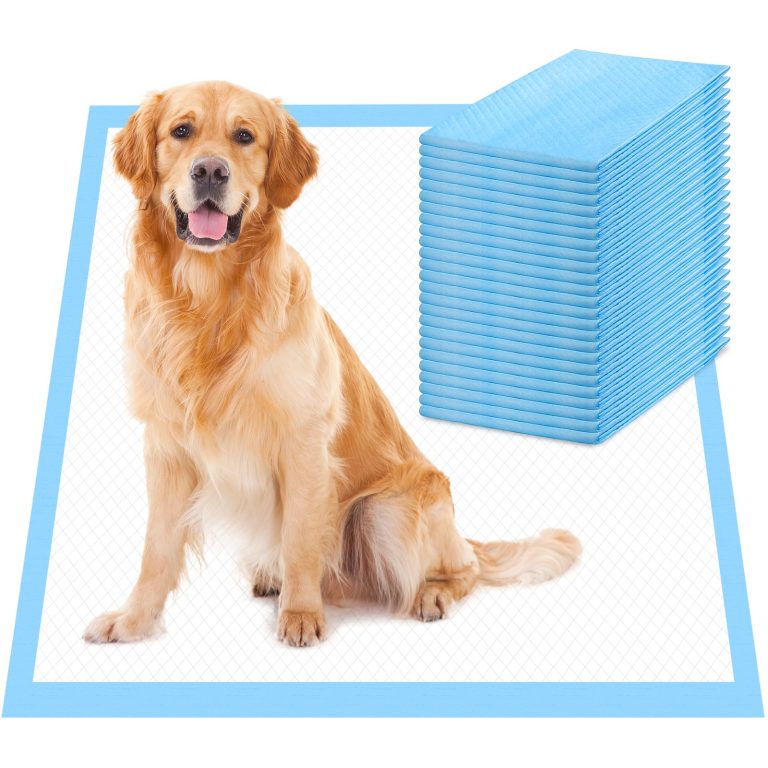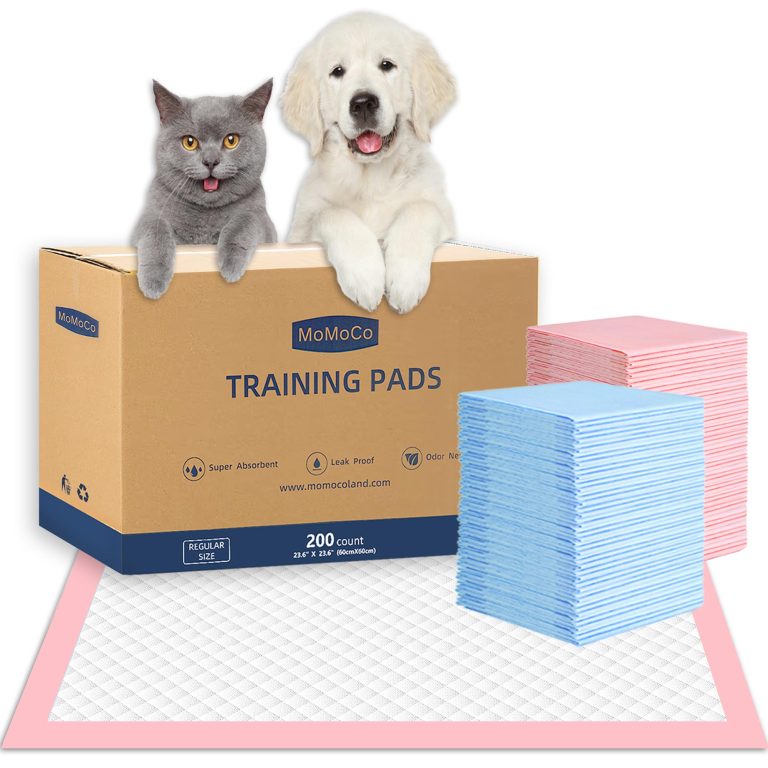The Benefits of Canine Hydrotherapy for Joint Health
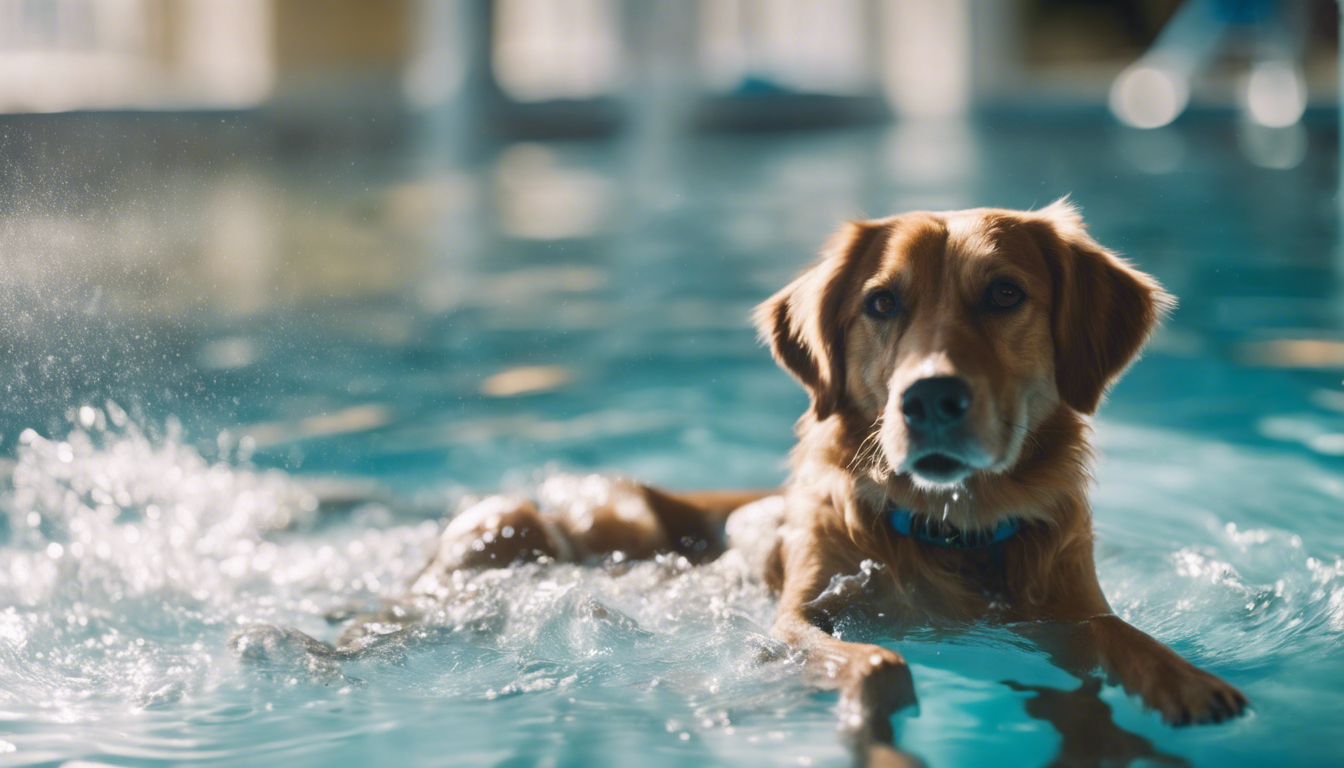
Understanding Canine Joint Health and Mobility Issues
As a dog ages or if it leads an active lifestyle, its joints may start to show signs of wear and tear. Just like us, our furry companions can suffer from joint pain, mobility issues, and conditions like arthritis or hip dysplasia. Observing your dog as it moves can offer critical insights into its joint health. A dog in peak condition should move effortlessly, without any signs of discomfort or stiffness. However, when a dog starts to lag behind during walks, hesitates before jumping or climbing stairs, or shows changes in gait, it’s a clear signal that joint health may be declining.
Several factors contribute to canine joint issues. These include breed genetics, where some breeds are predisposed to certain conditions like elbow and hip dysplasia; obesity, which adds extra stress on joints; and injuries that can cause or exacerbate joint problems. Routine exercise is important in maintaining good joint health, but it’s equally important to ensure that the exercise is appropriate to the dog’s age, size, and condition to prevent joint strain.
Maintaining a healthy weight through a balanced diet and regular activity can help minimize stress on their joints. Supplements containing glucosamine and chondroitin, or omega-3 fatty acids, can also be a great addition to your dog’s nutrition as they have been found to support joint health. Although they won’t reverse existing damage, they may help to alleviate joint discomfort and promote better mobility.
Dental care is another aspect often overlooked in canine health that can affect a dog’s overall wellness. Poor dental health can lead to bacteria entering the bloodstream, potentially causing infections that impact organs and joints. Regular dental check-ups, brushing, and safe chew toys can help manage dental health.
With advancing age, a dog’s resilience to health issues diminishes, and age-related changes may kick in, such as arthritis. Being vigilant about these changes can allow for early intervention, which may include lifestyle adjustments or medical treatments. Mental stimulation remains important too; an engaged and alert mind supports overall health, keeping your dog happier and potentially more mobile.
Lastly, preventive care is paramount. Regular check-ups with a vet can catch early signs of joint distress. They may suggest specific exercises, dietary changes, or treatments to address early symptoms of joint conditions. Awareness and proactive care of your dog’s joint health can go a long way in ensuring a happy, active, and pain-free life for your beloved pet. Staying active, maintaining a healthy weight, and engaging in mental exercises are key to enhancing and prolonging its quality of life.
Principles and Practices of Canine Hydrotherapy
Imagine giving your furry friend a unique exercise experience this is both enjoyable and therapeutic; that is exactly what canine hydrotherapy offers. It’s akin to a spa day for humans but with substantial health benefits. The gentle resistance of water makes it an excellent medium for rehabilitation and fitness, providing a low-impact workout that is easy on the joints.
Dogs of all shapes and sizes can participate in hydrotherapy, although the approach may differ depending on the individual needs of the dog. A session typically involves a dog swimming or walking in a controlled water environment, like a specially designed pool or an underwater treadmill. The water temperature is maintained at a therapeutic level to help relax muscles and ease pain, which further enhances the benefits of the treatment.
For dogs new to hydrotherapy, the introduction is gradual. Life vests and harnesses ensure the safety of your pet, and trained professionals are always on hand to guide and support them through their exercises. It is not unusual for dog owners to see their once water-shy pets grow to enjoy these sessions immensely.
The resistance of water means muscles have to work harder than they do on land, which leads to improved muscle tone and strength. Even better, because water supports much of their body weight, the risk of injury or strain is significantly reduced, making hydrotherapy an ideal form of exercise for dogs recovering from surgery, suffering from chronic joint conditions, or needing to lose a bit of excess weight.
For dogs prone to zooming around at the first sight of an open space, hydrotherapy offers a structured way to burn energy and improve cardiovascular health without putting extra strain on the joints. However, this should not replace regular walks and playtime, which are also necessary for a dog’s overall health and well-being.
Throughout a hydrotherapy regimen, it’s important to monitor a dog’s response and adapt the treatment as necessary. For example, the lengths of swims or walks can increase as a dog’s endurance improves. Similarly, the water level on an underwater treadmill can be adjusted to change the intensity of the workout. These tweaks are vital to keep the sessions both challenging and safe, ensuring the dog continues to reap the full range of benefits without risking overexertion.
Perhaps one of the most endearing aspects of hydrotherapy is the joy it can bring to a dog’s routine. Physical exercise is key to a dog’s health, but it should also be about enjoyment. The mental stimulation of trying something new like swimming can be incredibly beneficial, especially for dogs that may have limited mobility on land. The opportunity to splash around in the water can be an uplifting experience, offering a break from the everyday environment and adding a little extra wag to their tail.
Hydrotherapy can bring significant improvements in a dog’s quality of life, but it’s not a standalone solution. It should be a part of a broader approach to canine health that includes a balanced diet, regular vet check-ups, and of course, lots of love and attention. As pet owners, it’s our responsibility to look after the overall health of our dogs, and with practices like hydrotherapy available, we can do so in innovative and effective ways.
Clinical Benefits of Water Therapy for Dogs with Joint Conditions
The soothing embrace of water works wonders for canines grappling with joint conditions. This therapeutic world beneath the surface offers a reprieve from the unyielding nature of land, allowing dogs to find relief and healing in the gentle caress of aquatic therapy. The many clinical benefits of water therapy for dogs extend far beyond its immediate calming effect, addressing several physical and psychological challenges associated with joint problems.
When a dog is submerged in water, buoyancy takes the load off its aching joints, significantly reducing pain and discomfort. This buoyant environment allows for a range of motion that might be impossible or excruciating on land. It is like a pain reliever without the medication, enabling dogs to strengthen muscles and improve flexibility with each paddle and step.
Hydrotherapy sessions are also adept at reducing inflammation, a common enemy accompanying joint conditions. With reduced inflammation, there’s often an accompanying decrease in pain, which encourages a dog to use its affected limbs more readily. This leads to a virtuous cycle of increased usage and strength, further supporting joint recovery and health.
Enhanced circulation is another key benefit of water therapy. Warmer water temperatures in therapeutic pools help dilate blood vessels, improving blood flow to sore or damaged tissues. Oxygen and nutrients are more efficiently delivered, aiding in the repair process while helping to flush away toxins that can contribute to soreness.
Furthermore, endorphin release is stimulated by the enjoyable and pain-relieving aspects of being in water. These natural ‘feel-good’ chemicals play a role in reducing pain and boosting a dog’s mood, making hydrotherapy not only a physical healer but also a psychological one.
Regular hydrotherapy sessions can significantly improve a dog’s functional abilities over time. With improved mobility and diminished discomfort, a dog can be more active, engage in more play, and live a happier and healthier life overall. For elderly dogs or those with chronic joint conditions, this could mean the ability to climb stairs again or hop into the car for a ride to the park.
One should not forget the potential for weight control offered by water therapy. Overweight dogs place additional strain on their joints, exacerbating existing conditions. The exercise afforded by hydrotherapy can help in managing a healthy weight without the added strain on joints that traditional weight-bearing exercises would entail.
Lastly, water therapy can be a key component of a postoperative rehabilitation strategy. For dogs who’ve undergone joint surgery, hydrotherapy provides an essential, safe, and controlled environment to begin the recovery process. The minimization of strain and the support water offers can significantly speed up healing and return dogs to their pre-surgery activity levels more quickly than land-based rehabilitation alone.
The journey through healing waters isn’t just a splash—it’s a leap towards profound clinical benefits for our canine companions dealing with joint issues. When integrated with other facets of comprehensive care, hydrotherapy stands as a pillar of progressive and compassionate canine healthcare practices.
Implementing a Hydrotherapy Regimen for Optimal Canine Joint Care
Dipping a paw into the world of hydrotherapy requires careful consideration and planning. If you’ve been nodding along to the countless benefits of water therapy and are considering this treatment for your canine buddy, you are probably wondering how to get started with a hydrotherapy regimen. Here’s the deal: It is not like you just fill up the tub and coax your dog in with a rubber duck, right?
First off, talk with your vet. They’ll give you the skinny on whether your pup’s a good candidate for hydrotherapy, considering their current health and fitness level. Believe it or not, not all dogs take to water like, ahem, a duck to water. Some need a bit more persuasion, so starting off with a vet’s green light is essential.
When seeking a hydrotherapy facility, look for those with credentialed staff—professionals who know their dog paddles from their doggy paddles. They should offer a tour, introduce you to their equipment, and explain their process. Facilities with a range of services like underwater treadmills, different sized pools, and various support devices should be on your radar.
Before your pooch plunges in, they’ll probably need a vet check-up to confirm they’re healthy enough for exercise. Some facilities require proof of vaccinations, so keep your paperwork handy. It’s a bit like getting a hall pass—no one’s dipping a toe without the all-clear.
Your dog’s first session should be all about acclimatization. Give them time to sniff around, get used to the sounds and sights, and maybe get their feet wet, literally. It’s a bit like easing into a hot bath, nice and slow. The goal is to keep stress levels down so that your dog associates hydrotherapy with fun, not fright.
The frequency and length of hydrotherapy sessions will depend on your dog’s condition and stamina. Starting with short but sweet splashes might be the way to go, gradually increasing as they become more comfortable and their fitness improves. And don’t forget, you’ll be working closely with the hydrotherapist to gauge progress and make any necessary adjustments.
Post-swim, it’s all about drying off and keeping warm. Dogs can get chilly after their session, so a good rubdown with a towel and maybe a snuggly blanket will keep them cozy on the ride home, preventing any post-exercise chills.
At home, you might need to make some adjustments, too. Some dogs are full of beans after a session, while others could be tired. Adjust their rest, playtime, and regular walks accordingly. Think of it like you had a big workout—you might skip the evening Zumba class in favor of a Netflix marathon on the couch.
Fuel is just as important. A tasty, nutritious diet paired with the physical therapy of hydrotherapy can create a powerhouse of health benefits. Your dog’s nutritional needs may change as they become more active, so keep an eye on their appetite and weight, and consult your vet if you’re unsure about their diet.
Let’s not forget, every dog has their own pace. Some might take to hydrotherapy like Olympians, while others progress at a more, shall we say, leisurely pace. The key is to celebrate the small victories, whether it is an extra minute on the treadmill or a new level of confidence in the water. The emotional boost these gains provide is priceless.
A well-thought-out hydrotherapy regimen can be a game-changer in managing your dog’s joint care. It encourages healing and mobility in a supportive, low-impact environment that can be tailored to each dog’s unique needs. So, take the plunge—your dog might just surprise you with their aquatic prowess.
